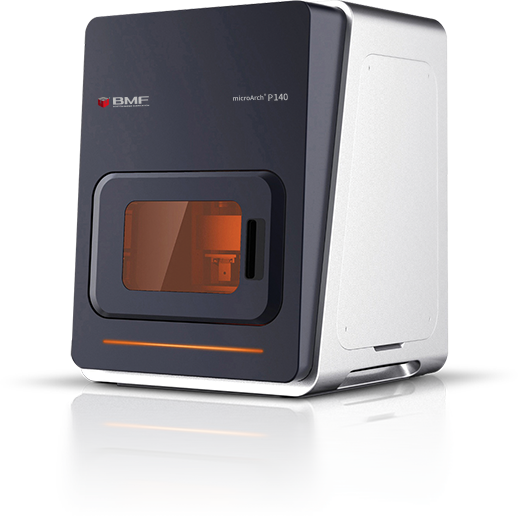Highlights:
- Ultrawide Field–of–View: The PHCE system integrates 121 monocular compound eyesto achieve a large field-of-view of about 140°, enabling the system to capture images over a vast range, providing an unprecedented breadth for robotic vision.
- Accurate Target Positioning: Using a binocular vision system, PHCE can accurately position a 3D moving trajectory of a point light source, providing strong support for robot navigation and environmental perception.
- Dynamic Motion Tracking: The PHCE system has dynamic motion tracking capabilities and can locate and track moving targets, which makes the system valuable in real-time monitoring and automated control fields.
In today’s rapidly developing technology, 3D printing technology is no longer limited to manufacturing simple items. The latest research achievement from the Hong Kong University of Science and Technology’s research team has pushed 3D printing technology to a new level, successfully developing an ultrawide field-of-view pinhole compound eye (PHCE) system for machine vision applications. This innovation has not only caused a sensation in the academic community but also shows great potential in practical applications.
The researchers used BMF microArch® P140 (10μm resolution) to prepare the key parts of the pinhole arrays with corresponding geometric parameters. The related work has been published in the top international journal Science Robotics with the title of “An ultrawide field-of-view pinhole compound eye using hemispherical nanowire array for robot vision”, and was selected as the cover article of that month.

Application of PμSL Technology
The application of PμSL technology in the PHCE system is revolutionary. The research team used this microprinting technology to create a honeycomb optical structure, that not only has high design freedom, but can also be customized according to the needs of the image sensor. Based on this, researchers can accurately control the geometric parameters of the pinhole array to conform to the convex surface of the hemispherical shell, thereby meeting the specific needs of the image sensor.
Innovation of PHCE System
The core of the PHCE system lies in its unique pinhole structure, which is inspired by the compound eyes of insects. Through optical simulations, researchers optimized the best length-diameter ratio of the pinhole, eliminated blind zones between adjacent eyes, and reduced light efficiency loss. This design not only improves the imaging capability of the system but also enhances the performance of target positioning and dynamic motion tracking.

Imaging and Tracking Capabilities of the System
The PHCE system can achieve ultrawide field imaging, with a visual angle of up to 140°. The system can accurately capture and recognize circular, cross, and triangular patterns generated by a spotlight. In addition, by constructing a binocular vision system based on a pair of PHCEs, researchers can accurately locate the trajectory of a moving light source in 3D space, increasing the overall field-of-view to 220°.
Future Application Prospects
The successful development of the PHCE system brings new opportunities to the fields of intelligent photoelectric sensing and robotics. With further improvements in technology, such as miniaturizing device size, increasing the number of eyes, and improving imaging resolution and response speed, the PHCE system is expected to play an important role in multi-robot systems and swarm robotics technology.
This research not only demonstrates the powerful capabilities of 3D printing technology in high-end manufacturing, but also points out the direction for future technological development. With the continuous advancement of technology, we have reason to believe that the PHCE system will play an important role in the field of intelligent robotics and automation in the future, bringing more convenience and innovation to human society.
- For the full article, please check: https://doi.org/10.1126/scirobotics.adi8666
- For a customizedinquiry, please contact us via https://bmf3dapac.com/#contact

